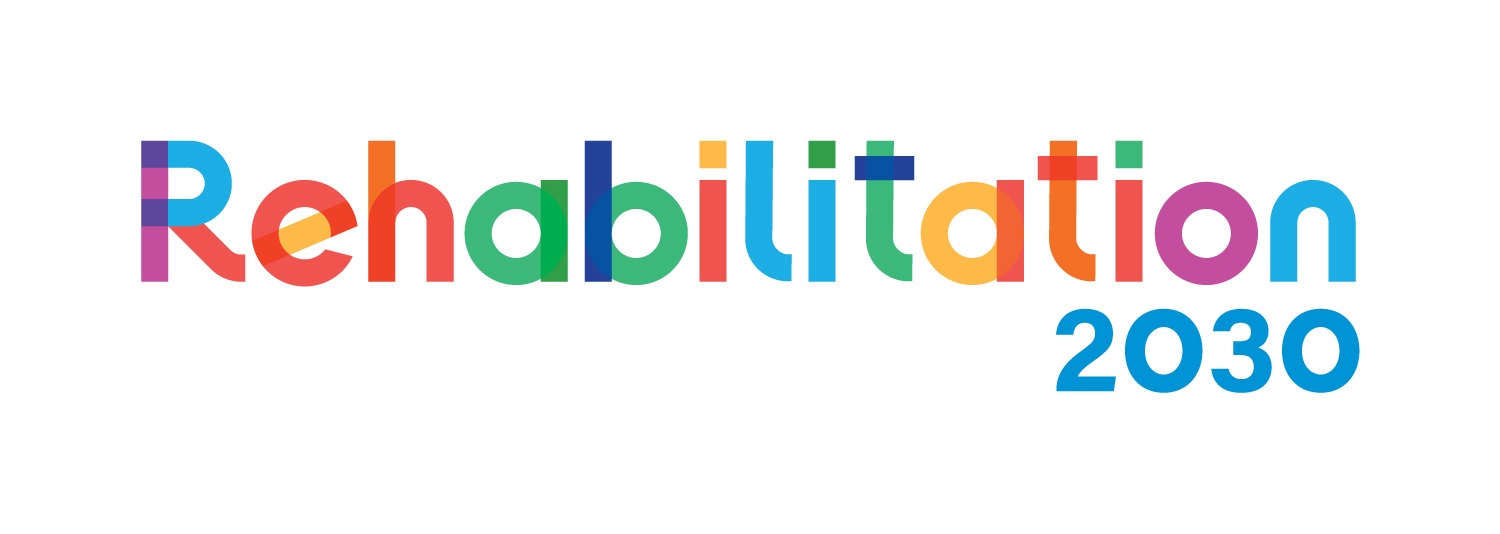Deliver care

Delivering self-care interventions follows the planning phase. Interventions may be delivered to address both a person’s personal and environmental factors.
Delivering self-care interventions to address personal factors
This may include:
- Educating and advising the person on strategies that enable them to better perform the activity.
- Training the person to practice certain parts of the self-care task repetitively, practicing the correct sequencing, and learning techniques to do the task more easily or safely.
- Providing medications (pharmacological agents) discussed in the planning phase to improve the person’s ability to perform the activity.
- Modifying the self-care task based on the person’s difficulties may have the potential to improve their function. Examples of this includes resting between tasks, breaking down large tasks into smaller tasks, and avoiding tasks that will further reduce the person’s function.
- Counselling the person to build their confidence in engaging in self-care activities
Delivering self-care interventions that address environmental factors
- Use products and equipment already at hand or found locally when possible. For example, placing a chair in a person’s bedroom for them to sit when dressing, placing cards with pictures of the self-care activity to remind them of the correct sequence to follow, and clearly labelling items used in self-care activities are all simple ways if modifying the person’s environment for better function.
- Providing assistive products such as long handled aids, or adapted eating and drinking products can help the person perform the task more easily or safely.
Remember to follow the three steps of delivering rehabilitation:
- Explaining the intervention to the person
- Demonstrating the intervention, and
- Letting the person practice the intervention in your presence to ensure it has been well understood and will be performed correctly at home
Note:
Refer to the lesson notes on using the BORG rate of perceived exertion scale to determine the training intensity and how to teach home exercises.
Depending on the person’s BORG scale, let the person practice or repeat the activity as often as possible and progress if there is improvement.
For example, if initially being able to cook (eg. boiling eggs) was at moderate intensity but now the same cooking can be done with slight intensity, then there is improvement and the person can be encouraged to practice complex cooking eg. baking a cake
Consider self-care adaptations and safety precautions for self-care
Note:
Consider the reasons why a person would not want to engage in rehabilitation and address them accordingly (refer to ‘Introduction to rehabilitation’ module)
![]() Quiz
Quiz
Remember Tevita?

Tevita is frail and has osteoarthritis as well as memory problems with associated difficulties with bathing, feeding, household chores, shopping, and using the telephone. After deciding on the rehabilitation plan with Tevita, the health professional goes ahead to deliver care.
1. Which of the following should be undertaken during the delivery of care phase of Tevita’s rehabilitation?
- a. Training in using adapted eating and drinking items
- b. Exploring where Tevita can get funding for a shower chair
- c. Teaching Tevita how to practice drinking from a cup
- d. Pasting phone numbers on Tevita’s phone
- e. Asking Tevita if she has any difficulties with shopping
If you selected a, c and d, you are correct. Researching funding options for a shower chair should occur in the ‘Plan’ phase, and asking Tevita about difficulties with shopping occurs in the ‘Assess’ phase.
2. Which of the following would not be appropriate when delivering self-care rehabilitation with Tevita?
- a. Training in using adapted eating and drinking items
- b. Exploring where Tevita can get funding for a shower chair
- c. Teaching Tevita how to practice drinking from a cup
- d. Pasting phone numbers on Tevita’s phone
- e. Encouraging Tevita to try showing on her own while she awaits a shower chair and grab rail
If you selected e, you are correct. Tevita should not be encouraged to shower on her own as she can fall and hurt herself.
3. Which of the following are rehabilitation interventions that target Tevita’s personal factors?
- a. Providing Tevita with a walking stick for easy mobility
- b. Teaching Tevita how to practice eating with a spoon without spilling the food
- c. Advising Tevita to take breaks during cooking to prevent fatigue
- d. Building Tevita’s confidence in engaging in self-care activities
- e. Engaging Tevita’s children in helping her with self-care activities
If you selected b, c and d, you are correct. Providing Tevita with a walking stick and engaging her children’s help with self-care activities are all self-care interventions targeting Tevita’s environmental factors.
4. Which of the following is not a step of delivering rehabilitation?
- a. Demonstrating the intervention
- b. Explaining the intervention to the person
- c. Reviewing the rehabilitation care for the person
- d. Letting the person practice the intervention in your presence to ensure it has been well understood and will be performed correctly at home
If you selected d, you are correct.
These are all reasons why it is important to re-assess muscle strength.
